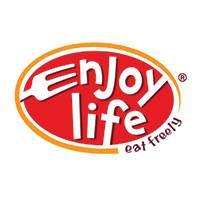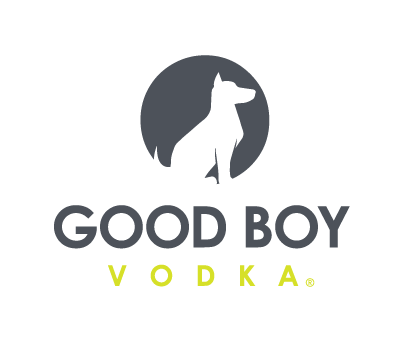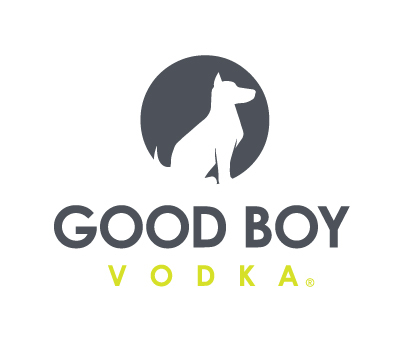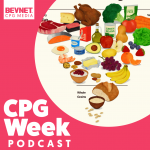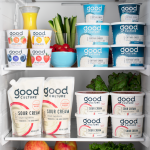FARE Highlights Racial and Economic Inequity in Food Allergy Community
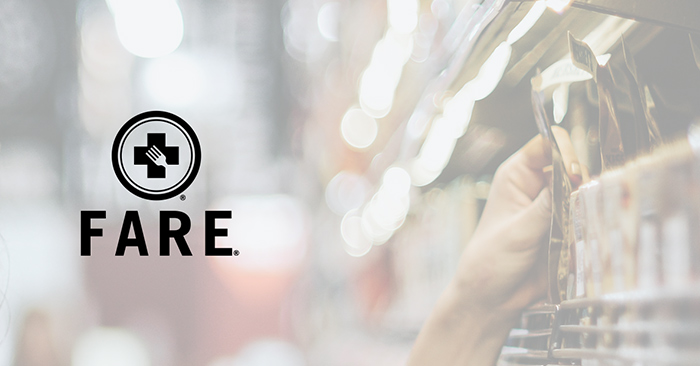
For the 32 million Americans who suffer from food allergies, access to safe and affordable specialty care — including allergy-safe food — is a necessity. But that doesn’t mean that it’s available on an equal basis, particularly for minority or low-income consumers.
A new report from the food allergy advocacy organization FARE (Food Allergy Research & Education) has identified systemic racial and economic inequity — both in healthcare and with regard to a lack of access to allergy-friendly food — as the root obstacles to that specialized care.
To help further its mission, FARE is identifying ways CPG food brands can advance equality initiatives in the food allergy community. It’s a big market — that community spends $19 billion annually on food products. But that doesn’t mean the products are everywhere or the need is satisfied in equal measure.
According to FARE, Black Americans are more likely to develop food allergies than white Americans, and Black and Latino children are at higher risk of adverse reactions. However, due to financial barriers, Black and low income families spend less on specialist visits, which can lead to lower rates of diagnosis, high emergency medical bills, and poorer health as a result.
To address these issues, last month FARE released a report entitled “Equity Equals Excellence – A Blueprint for Access” outlining the results of a roundtable series on diversity, equity, inclusion and access (DEIA). The group was composed of food allergy leaders and DEIA authorities, including leaders from the Food Equality Initiative and National WIC Association along with Denise Woodard, founder and CEO of allergy friendly snack brand Partake.
Internal Diversity Enforces External Mission
Access actually starts with the companies themselves, according to Anita Roach, VP of health innovation strategies & corporate ventures at FARE. Roach told NOSH that CPG food brands aiming to support and build a relationship with the food allergic BIPOC and low-income communities must first evaluate the composition of their own teams, establishing a diverse and equitable leadership group. Ensuring that the company represents the people it’s serving is a crucial step in effectively communicating with and marketing to these communities to create solutions and products that meet their needs, she said.
“The story that you’re sharing with customers matters and who is in that story and what the story is telling is so important to connect with food allergic consumers,” Roach said.
Mondelez-owned brand Enjoy Life, which produces allergy friendly sweets and snacks, last year announced commitments to address the disparity in access and resources through internal improvement, which includes “developing an internal team committed to improving diversity, equity, and inclusion within the Enjoy Life Foods workplace and broader community,” CEO Dan Waters wrote in a blog post on the brand’s website last year. Shruthi Chandramouli, marketing director at Enjoy Life, said the company has since established an internal committee focused on inclusion and is continuing efforts to “create opportunities for diverse populations,” and is currently developing workshops focused on cultural competence and eliminating unconscious bias.
Beyond company composition, in order to create products that meet the needs of all consumers, food companies and retailers must lead with a “one mouth, two ears,” mindset outlined in the Blueprint for Access. It can be tempting to simply tell a consumer what they need, Roach said, but instead brands must listen to the community.
Retail dietitians, many of whom are bilingual and work to “understand what the culture is that they’re talking to,” can be an asset to address these inequalities within retailers, Phil Lempert, CEO of the Retail Dietitians Business Alliance (RDBA), said. Because these dietitians work closely with shoppers as well as merchandisers and buyers, adding a retail dietitian is a notable way for retailers to better market to and address the needs of these underrepresented groups in the food allergy community. Members of the RDBA also have access to curated education materials that deal with meeting the needs of diverse communities at the retail level.
During product development, companies should also factor in diverse allergic consumers early in the innovation process, FARE suggests. Similarly, the organization suggests that larger CPG companies in the acquisition game should seek out allergy-friendly brands that can allow them greater access to these communities.
“Getting that feedback and insight can only make research better because focus on the end user can only make products better, because it’s really being tailored to that end user,” Roach said. “Making sure that you’re hearing from Black communities or other communities at risk is so key to developing the best products.”
Mark Olivieri, president of plant-based “top 8” allergen-free nutrition shake maker OWYN, said its strategic national partnership with FARE has been essential to informing its innovation process. Olivieri said the company uses FARE’s research to consider the diverse needs of the food allergy community and how these allergies are connected to other medical conditions, like Crohn’s disease and Colitis, as well as mental health.
“We’re looking at medical studies, we’re looking at clinicals, we’re looking at other sorts of factual activations that help us to innovate on this knowledge, which is still an emerging knowledge space,” he said. “So we can share that and democratize that knowledge beyond just the premium shopper to all of our channels that we own.”
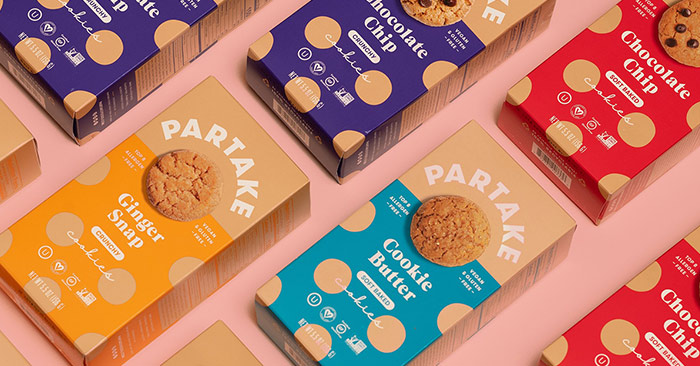
Communication’s the Point
And the consumers in those channels are eager to share information about products that can fit their restricted diets. According to Olivieri, OWYN has found that user generated content has been an effective way for other consumers to share their experiences with each other, and has helped the brand showcase “real people with real needs,” he said.
To ensure its products are increasingly relevant to all consumers, Chris Mahoney, VP of marketing at Enjoy Life, said the company’s innovation process starts with an analysis of segments across income, ethnicity, age and household size. In addition, she said the company has recently evolved its messaging with packaging featuring graphics that more clearly communicate allergen free attributes to consumers.
This communication element is something that smaller CPG brands with more targeted strategies often do better than larger CPG giants, Roach noted. However, she said she sees a significant opportunity for larger CPG companies to follow a similar model, a win-win situation given the significant market for food allergy friendly foods.
Small brands and CPG giants must both use their platforms to not only raise awareness, but advocate for wider access to safer foods, Woodard said.
“This is an urgent issue. Food allergies are increasing year over year, and not just in children, with an estimated one in four households currently living with a food allergy,” Woodard said. “There is opportunity for both large CPG companies and smaller brands to enter this space. As long as the focus is on providing high-quality, safe foods to as many households as possible, it’s a win for those who need these products most.”
Larger CPG companies launching or acquiring food allergy friendly brands could also help break down a major barrier for food allergic consumers — the expensive price tag — due to their streamlined manufacturing and distribution capabilities. Food allergy consumers typically spend 5% more on average for groceries per month than the average consumer, “whether they are able to or not,” Roach said. Woodard added that allergy-friendly food swaps are often 200% to 300% more expensive than their counterparts, according to the Food Equality Initiative.
“Everyone deserves access to safe, high-quality food,” Woodard said. “That’s a reason Partake exists, and it’s why we give back a portion of our proceeds to food allergy families living with food insecurities. If we can get safe food in the hands of those who need it, there’s a domino effect there that has potential to change a lot of lives.”
Holes in the System
There’s a continuum between food availability and medical care, according to the FARE study, which found that low-income households who are managing food allergies spend more than twice as much on emergency and hospitalization costs than those with higher incomes, which may be a result of their restricted access to safe foods. A lack of uniform labeling across allergen free food brands could also be a contributor, Roach noted, but there’s a bigger problem as well: according to Olivieri, many food and beverage manufacturers claiming to be allergen free use equipment that is often shared among many products and brands and not tested before and after production runs, putting consumers further at risk.
“They’re gambling with the lives of consumers that don’t fully understand the manufacturing process,” he said. “And that’s why I believe people are demanding transparency, more and more. They see through it, they don’t believe and trust in brands and the processes they have.”
Cost isn’t the only access issue: allergy-friendly foods aren’t always widely available at all retailers, and families across economic and social spectrums must often visit multiple grocery stores to find the right foods, Roach noted, adding that this issue is exacerbated for consumers who live in food deserts. According to Mahoney, Enjoy Life is working to make its products available to BIPOC and low income consumers by expanding its distribution to key channels ranging from neighborhood stores to major national chains like Walmart. The company also price promotes at key times during the year, he said. Olivieri said OWYN works to be competitively priced with legacy nutrition shake brands like Muscle Milk, Quest or Orgain, and seeks distribution in the club channel to offer lower prices than consumers would find in the natural channel.
“Typically, these foods are inaccessible because of price point, and price point is often correlated with channel, like premium items are in premium channels, i.e. a Whole Foods or an Erewhon,” Olivieri said. “There needs to be a democratization, and that’s what we’re doing, we’re trying to democratize clean, accessible foods with transparency, because there is a third of the U.S. out there that needs these kinds of foods and beverages for their daily nutrition.”
Since launching in 2017, Partake has expanded distribution of its cookies and baking mixes to 5,550 retailers nationwide including Target and Kroger. To continue increasing underrepresented communities’ access to allergen free food, Woodard said the industry must “champion the organizers doing the work.”
Beyond adjustments to internal brand strategy and communications, brands can partner with advocacy and research organizations like FARE, as well as the Food Equality Initiative and Elijah-Alavi Foundation, to help increase access and education for food insecure allergic consumers. Brands can also donate money, products and supply coupons to advocacy organizations to reach food insecure consumers. Enjoy Life, alongside brands like jerky maker Prevail and dairy-free gelato brand O’My!, has partnered with the Food Equality Initiative through its 7% Fund, which seeks to address economic and racial disparities in the food allergies community through increased access, education and advocacy.
Still, the efforts to increase access for BIPOC and low income consumers are evolving and ongoing.
“I think at the end of the day, there’s always opportunity to do more. And it is something that we’re committed to doing,” Chandramouli said.

